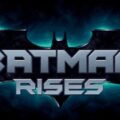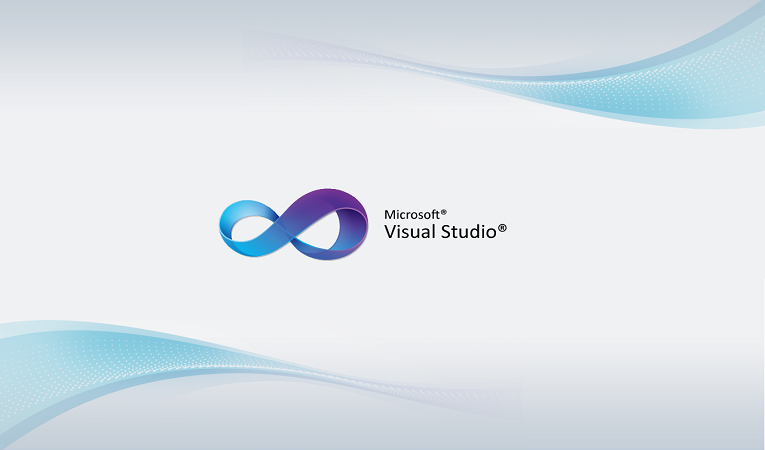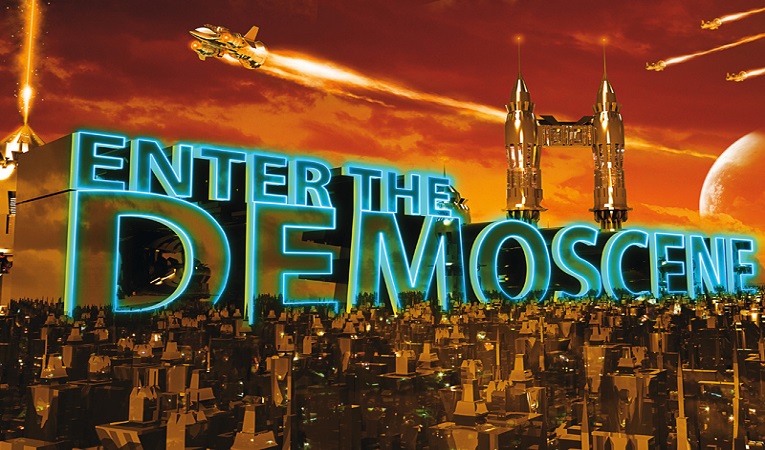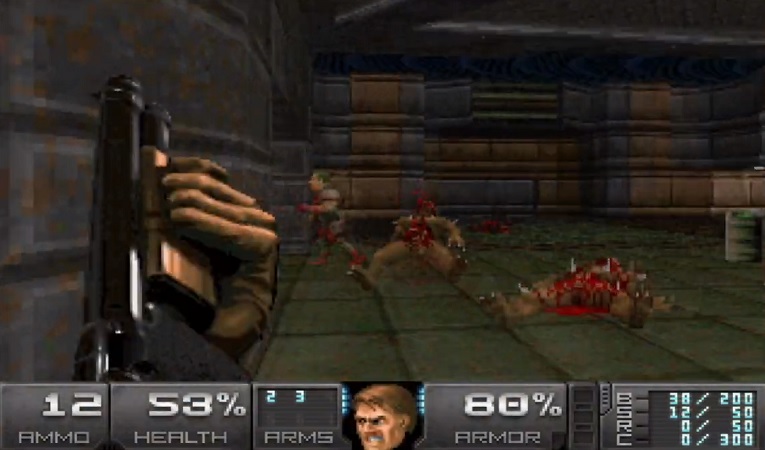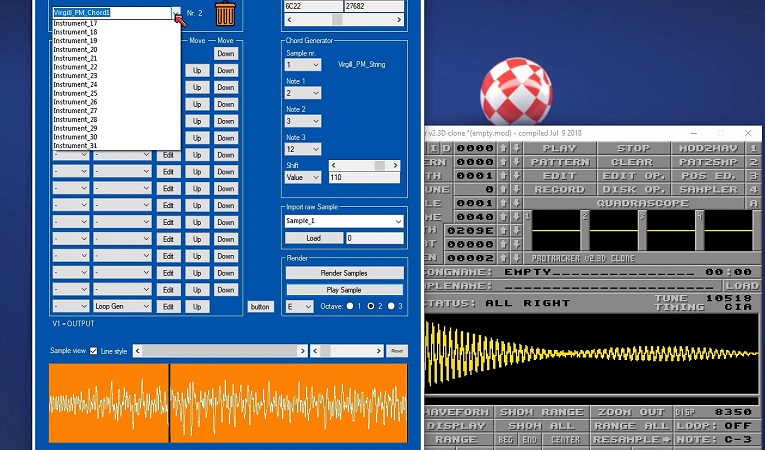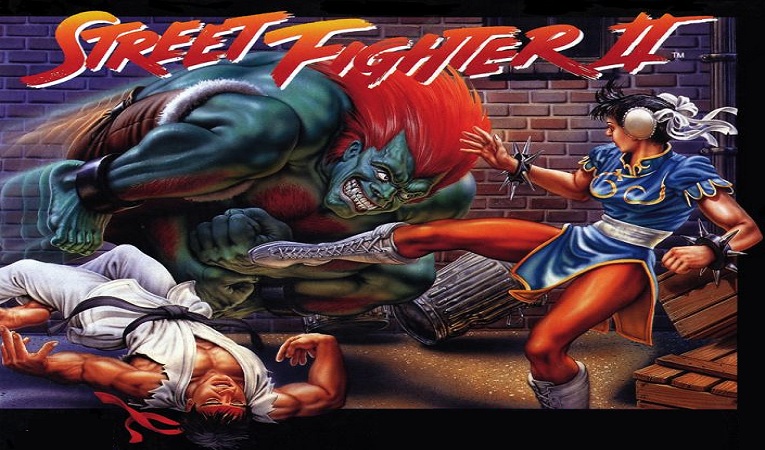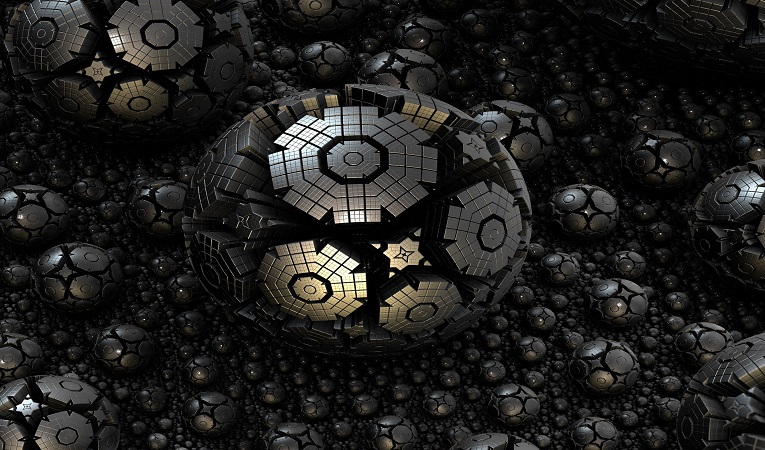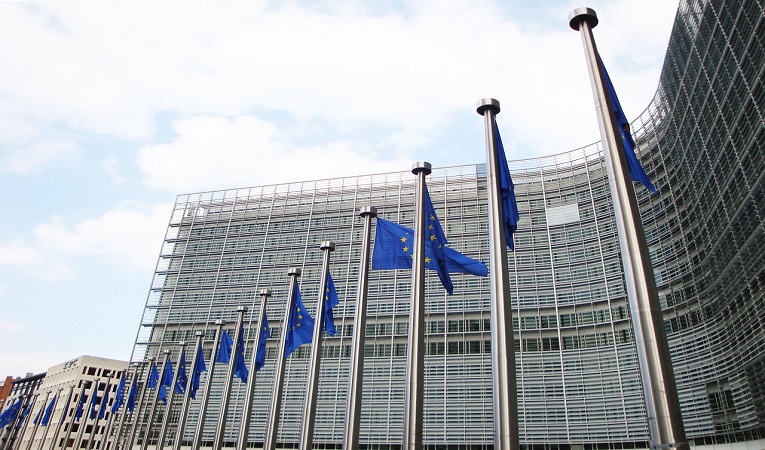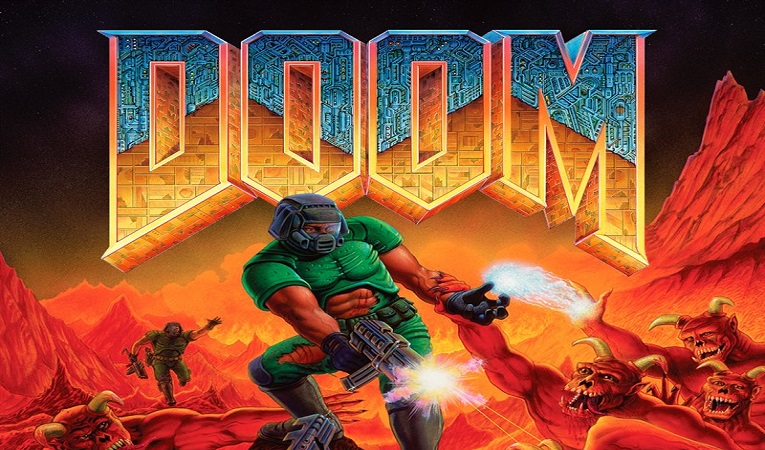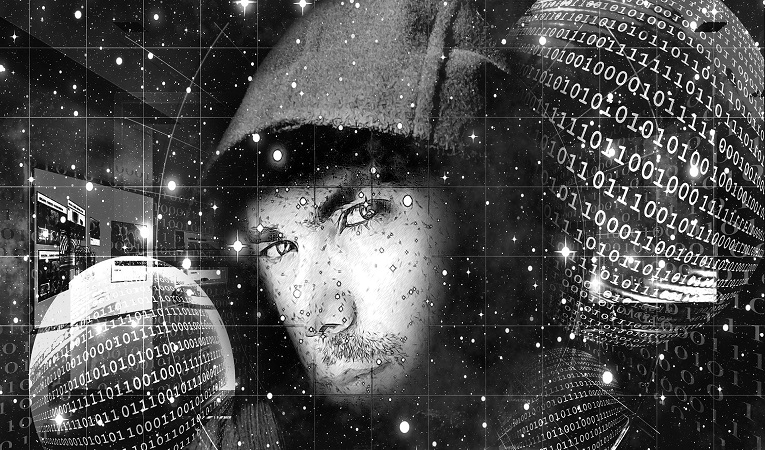
The demoscene is mainly a European phenomenon. It is a competition-oriented subculture, with groups and individual artists competing against each other in technical and artistic excellence. Those who achieve excellence are dubbed elite, while those who do not follow the demoscene’s implicit rules are called lamers. The demoscene produced things that were at the very limit of what computers were capable of at the time. Finland has added the country’s Demoscene subculture to its National Inventory of Living Heritage, which is compiled based on standards laid out by the world heritage organisation UNESCO. The Finnish Cultural Heritage Agency said, ‘Demoscene is a worldwide movement of real-time demos, programming, graphics and music. The works of the Demoscene were initially distributed on floppy disks, but later distributed online for free. The demoscene, which started in the 1980s, has hundreds of groups in Finland alone, each with a few to a few dozen members. It’s one of the key identities, and it’s one of our key identities.’ Smaller demos are often known as intros. Intros were originally used as tags by cracking groups on computer games and other software. However, demo and intro groups disassociated themselves from the cracking and copying scene. Famous underground groups are Tristar and Red Sector Incorporated(Canada), Spaceballs(Norway), Fairlight(Sweden), Melon Dezign(Denmark) and many others. Demosceners typically organize in small, tightly-knit groups, centered around a coder (programmer), a musician and a graphician (graphics designer). New Amiga demos are released even today!
news source: Demoscenetheartofcoding.net / image source: Pixabay / watch on Youtube



